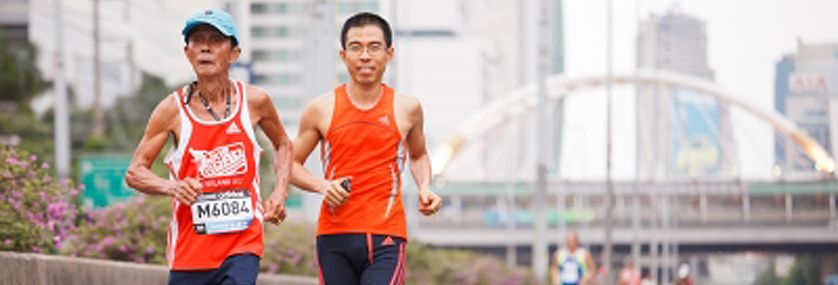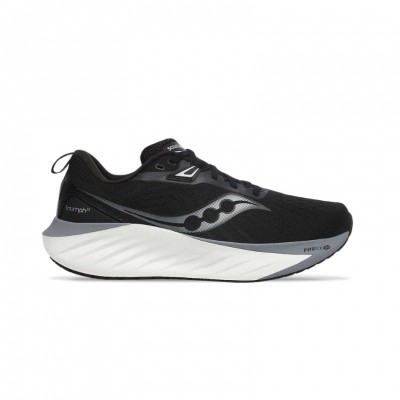The preparation of aerobic base training for the planning of a sporting event (whether it is a 10 km race, a half or even a marathon) requires the most detailed knowledge possible of the athlete's initial physical condition. The success of the preparation is based on the correct planning of the intensity of the training sessions. It has been demonstrated that the lack of aerobic training planning has a decisive influence on the final performance.
It is therefore necessary to avoid non-individualized training. That is to say that the training that a person is doing has little or nothing to do with what your body may need to offer a performance close to 100% of your capabilities. First concept that we have to be clear is that to perform at the highest level we need a personalized training plan. That is why from runnea.com we recommend to be helped by qualified coaches for the preparation of maximum intensity sporting challenges (always having an optimal state of health to compete at those intensities).
From having these concepts clear, there are different methods to quantify the intensity of aerobic exercise that will allow us to improve our physical condition.
Heart Rate
Surely the most popular and the most economical option. Now any self-respecting runner has a heart rate monitor that will allow the athlete to know the number of beats per minute. This is the relationship between heart rate and the intensity of the work either speed or watts. The ideal for maximum optimization of training is to do a stress test that will allow us to know the maximum heart rate to then establish the different percentages to be applied in each training session.
It is also possible to know in a less reliable but very approximate way the degree of intensity at which to perform certain exercises based on the heart rate. But for this we must know the maximum heart rate and the resting heart rate. The formula is very simple. Imagine that in the day's training we have to do a series of 5 runs at 80% intensity with 3 minutes of active rest.
How do we know the number of beats per minute corresponding to 80% of our maximum intensity?
(% of desired training load/100) x /max HR- resting HR) + resting HR. Assuming that our maximum heart rate is 190 and at rest 60 would be:
(80 / 100) x (190-60) + 60= 164 beats would correspond to 80% of our maximum intensity.
Oxygen consumption
The use of oxygen consumption (VO 2) to know and quantify the intensity of aerobic exercise is one of the most reliable methods although it also has its limitations. Therefore for those runners who want the most exhaustive control of their training if they have to choose between heart rate and oxygen consumption it seems obvious that the first option is the most viable since nowadays a heart rate monitor is an easier tool to acquire.
The maximum volume of oxygen, known as VO2 max, is the maximum amount of oxygen the body can carry in one minute
The higher the VO2 max, the greater the cardiovascular capacity of the body.
It is measured in ml/kg/min, but if we multiply it by our body weight, the result will be expressed in liters.
Trainers use tests such as the Cooper test. Cover as much distance as possible in 12 minutes.
If you want to know your maximum oxygen consumption, there are different "home-made" fountains. One of them is explained very clearly in portalfitness.com:
VO2 max = (Distance Covered - 504) / 45
Example: A runner weighing 80 kg runs for 12 minutes without stopping trying to cover as much distance as possible and this is 3000 m. The formula applies.
VO2 max = (3000 mts - 504) / 45
VO2 max = 55.466 ml/kg/min
If the body weight is 80 kilos multiply 55.466 x 80
VO2 max= 4.437 liters of oxygen consumption.
Lactate
Lactate sampling is probably the most reliable option to determine and know the physical condition of the athlete during the effort, and although it is a simple test should always be performed by a qualified professional which makes its application difficult in the day to day of the runner.
Its use makes it possible to quantify the intensity of aerobic exercise and to verify the adaptations to the training process, i.e. the lactic threshold and the maximum lactate steady state.
The lactate threshold is the moment when the blood lactate level is so high that it drastically decreases our performance.
The maximum lactate steady state is the limit state of endurance between the lactate level and its elimination. Knowing this maximum limit allows us to train very efficiently and to perform very precise intensity loads for optimal results.
Subjective perception of effort
It is not a method that can be applied to any athlete. It is mainly indicated for experienced athletes who have a very clear control of their body and that allows them to train by sensation. It involves being objectively aware of muscular fatigue and pulmonary ventilation or respiratory rate. According to these 2 factors there is a scale of perception of effort called Borg which establishes the following table:
- 6 - 7 - 8 extremely light work
- 9 very light work
- 11-12 light work
- 13-14 Somewhat hard
- 15-16 Hard
- 17-18 Very Hard
- 19-20 Extremely hard
This method allows coaches to prepare training sessions based on the athlete's perception of effort.
There are other ways to know and combine the knowledge of the aerobic of an athlete to put it into practice in a training session, but we have explained the most common and with which we work in most of the occasions. In amateur athletes as in our case, depending on the objective of the challenge, the training plan and the time of the same we will opt for some methods or others or the combination of several of them. Their use will undoubtedly have an impact on the final performance in a much more effective way than without prior planning.
Read more news about: Running Training



















